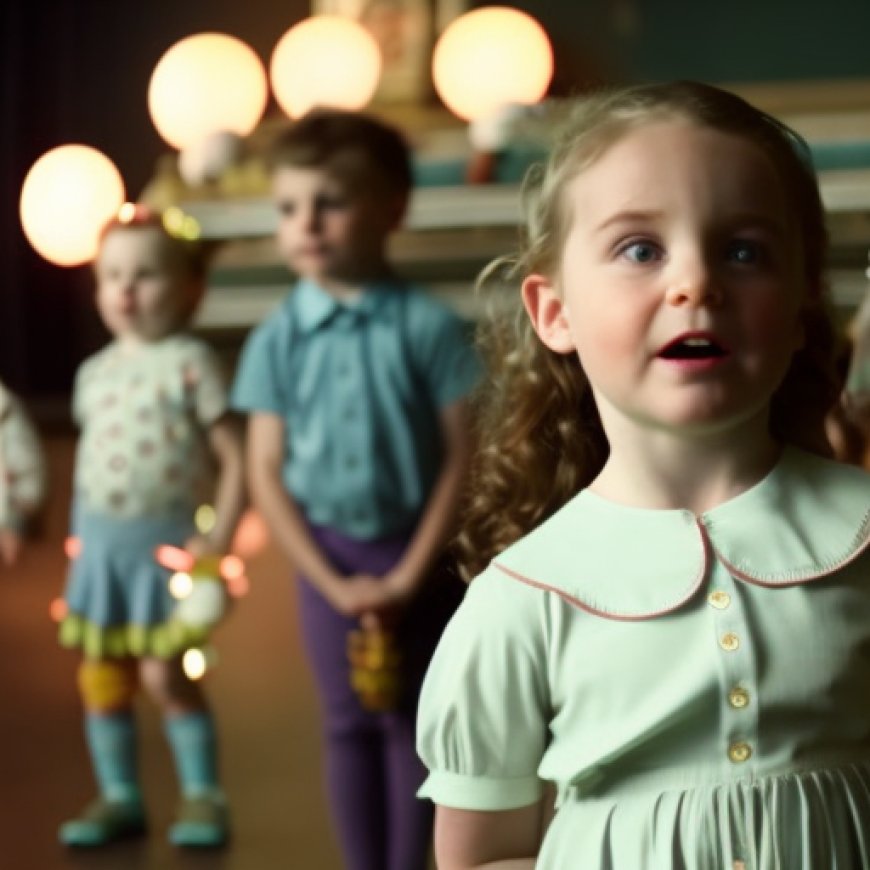Early childhood, developmental grants coming to Western Mass. groups, school districts
Early childhood, developmental grants coming to Western Mass. groups, school districts MassLive.com


BOSTON Organizations Receive $15.5 Million in Early Childhood Education and Developmental Service Grants
BOSTON — Eighty-one organizations across the commonwealth will be receiving $15.5 million in early childhood education and developmental service grants, the Healey-Driscoll administration announced Wednesday.
Many of these organizations help families place their children in local early education and child care programs outside of school hours.
Cities, schools, school districts, child care centers, and community action and health programs alike are all recipients of this grant.
Coordinated Family and Community Engagement Grants Benefit Western Massachusetts Organizations and Schools
- Berkshire County Head Start – $152,289
- Central Berkshire Regional School District – $122,488
- Child Care of the Berkshires Inc. – $339,953
- City of Northampton – $133,724
- Springfield – $430,396
- Westfield – $63,555
- Collaborative for Educational Services – $505,629
- Community Action Pioneer Valley – $131,095
- Community Health Programs Inc. – $82,630
- Frontier Regional School District – $51,205
- Gill Montague Regional School District – $63,704
- Hilltown Community Health Centers Inc. – $151,918
- Holyoke Chicopee Springfield Head Start – $311,505
- Mohawk Trail Regional School – $94,500
- New Salem/Wendell Union School – $117,325
- Pioneer Valley Regional School District – $45,885
- Town of Lee – $134,972
- Ludlow – $238,487
- City of West Springfield – $51,891
- Valuing Our Children Inc. – $138,054
“These grants support the needs of the whole family — ensuring that our youngest students have access to services that support their well-being, optimal development and school readiness, while also strengthening the capacity of families and parents as their child’s first teacher,” said Secretary of Education Patrick Tutwiler in a statement. “This state funding will not only support our children, but is also an investment in our local communities, setting our youngest learners up for school and lifetime success.”
SDGs, Targets, and Indicators
| SDGs | Targets | Indicators |
|---|---|---|
| SDG 4: Quality Education | 4.2 By 2030, ensure that all girls and boys have access to quality early childhood development, care, and pre-primary education so that they are ready for primary education | None mentioned in the article |
| SDG 5: Gender Equality | 5.5 Ensure women’s full and effective participation and equal opportunities for leadership at all levels of decision-making in political, economic, and public life | None mentioned in the article |
| SDG 10: Reduced Inequalities | 10.2 By 2030, empower and promote the social, economic, and political inclusion of all, irrespective of age, sex, disability, race, ethnicity, origin, religion or economic or other status | None mentioned in the article |
| SDG 11: Sustainable Cities and Communities | 11.3 By 2030, enhance inclusive and sustainable urbanization and capacity for participatory, integrated and sustainable human settlement planning and management in all countries | None mentioned in the article |
| SDG 17: Partnerships for the Goals | 17.17 Encourage and promote effective public, public-private and civil society partnerships, building on the experience and resourcing strategies of partnerships | None mentioned in the article |
1. Which SDGs are addressed or connected to the issues highlighted in the article?
The SDGs that are connected to the issues highlighted in the article are SDG 4: Quality Education, SDG 5: Gender Equality, SDG 10: Reduced Inequalities, SDG 11: Sustainable Cities and Communities, and SDG 17: Partnerships for the Goals.
2. What specific targets under those SDGs can be identified based on the article’s content?
Based on the article’s content, the specific targets that can be identified are:
- SDG 4: Target 4.2 – Ensure that all girls and boys have access to quality early childhood development, care, and pre-primary education so that they are ready for primary education.
- SDG 5: Target 5.5 – Ensure women’s full and effective participation and equal opportunities for leadership at all levels of decision-making in political, economic, and public life.
- SDG 10: Target 10.2 – Empower and promote the social, economic, and political inclusion of all, irrespective of age, sex, disability, race, ethnicity, origin, religion or economic or other status.
- SDG 11: Target 11.3 – Enhance inclusive and sustainable urbanization and capacity for participatory, integrated and sustainable human settlement planning and management in all countries.
- SDG 17: Target 17.17 – Encourage and promote effective public, public-private and civil society partnerships, building on the experience and resourcing strategies of partnerships.
3. Are there any indicators mentioned or implied in the article that can be used to measure progress towards the identified targets?
No, there are no indicators mentioned or implied in the article that can be used to measure progress towards the identified targets.
Behold! This splendid article springs forth from the wellspring of knowledge, shaped by a wondrous proprietary AI technology that delved into a vast ocean of data, illuminating the path towards the Sustainable Development Goals. Remember that all rights are reserved by SDG Investors LLC, empowering us to champion progress together.
Source: masslive.com

Join us, as fellow seekers of change, on a transformative journey at https://sdgtalks.ai/welcome, where you can become a member and actively contribute to shaping a brighter future.







